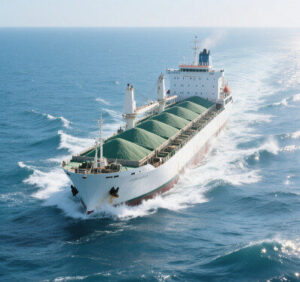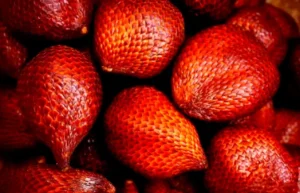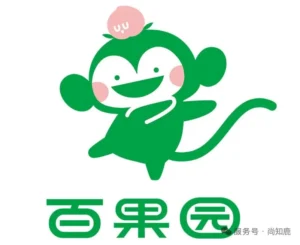Recent customs data indicates a substantial decrease in China’s potassium chloride (MOP) imports, with figures dropping to 532,800 tons in July, representing a 17.97% decrease from the previous month. This decline marks the fourth consecutive monthly drop since April, reaching the lowest monthly import volume in recent years. As of August 21, the total port inventories of imported MOP stood at 1.6607 million tons, marking a 2.59% decrease from the previous month and reaching a multi-year low. These figures have led to apprehensions in the market regarding potential future supply shortages.
However, industry experts offer a more nuanced perspective on the current state of affairs. Zhou Yue, Secretary-General of the Potash Fertilizer Branch of the China Inorganic Salts Industry Association, advises against interpreting the low monthly import volume as a sign of supply shortage. She anticipates a gradual recovery in imports over the coming months, driven by the arrival of deliveries under the annual supply contract and the upcoming seasonal autumn demand. Zhou anticipates that full-year import volumes will remain relatively stable.
The decline in July’s import levels can be attributed to several factors. Firstly, July is traditionally a period of lower demand. Please note that the annual supply contract was only signed in June. This made it challenging to facilitate large shipments within the same month. Furthermore, attractive price increases in Southeast Asian markets during the first half of the year may have diverted some supply to regions such as Indonesia and Malaysia. Indonesia’s MOP imports reached 2.56 million tons, marking a 48% year-over-year increase, while Malaysia imported 1.07 million tons, both setting new records.
Despite maintenance-related production cuts by major global producers like Russia’s Uralkali, EuroChem, and Belarus’ Belaruskali, the overall global potash supply has remained relatively stable. In the first half of 2025, Russian MOP exports by rail increased by 5% to 6.8 million tons, while Belarus saw an 18% rise to 6.04 million tons. However, Belarus’ standard white MOP exports decreased by approximately 1 million tons due to reduced output, and rail shipments to China dropped by 40% to 540,000 tons, with no shipments recorded in June.
From January to July, total MOP imports reached 6.8122 million tons, compared to 7.15 million tons during the same period in 2024. Zhou has noted that the overall import volume remains consistent with that of previous years. She states, “Starting in September, as seasonal demand emerges and contracted shipments arrive, import volumes are expected to rebound.” While full-year imports may not match last year’s levels, a substantial contraction is unlikely.
Regarding market sentiment, Zhou notes that current prices are stable due to limited circulating supply and government policy interventions. She emphasizes, “Now that the annual contract has been signed and international prices are stable, shipments will steadily increase as autumn demand kicks in.” Zhou reiterates that the current low import rate is due to a number of temporary factors and does not indicate a supply shortage. “It is anticipated that both domestic production and imports will remain relatively stable this year, with no imminent decline,” she concludes.
In summary, while China’s potash imports have reached a multi-year low, industry experts predict a steady recovery in the coming months, mitigating concerns of a supply shortage. The market is expected to stabilize as seasonal demand increases and contracted shipments arrive, ensuring a steady supply of potash for the remainder of the year.









